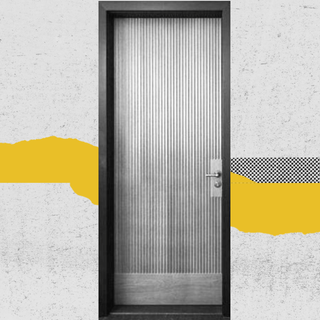The Nirbhaya fund, set up to ensure women’s safety, security, and empowerment in India after the 2012 Delhi gang-rape case, comprised Rs. 1,000 crores within the government budget when it was first established in 2013-14. Since, more and more money has been allocated to the fund, even as report after report has shown a majority of the states and government departments in the country haven’t been using the money for schemes designed to protect women, especially sexual violence survivors. Now, Oxfam India has released a report analyzing how the fund has fared across India in the past three years, showing how it still goes underused and is predominantly slotted for services that don’t directly help the women.
In the 2019-20 budget, for example, the government allocated Rs. 4357.62 crores to the Nirbhaya fund, a majority of which, Oxfam finds, is going to the Home Ministry and one of the departments it oversees: the police. 73% of the fund is allocated to upgrading forensic labs and expanding emergency response and cybercrime services — which strengthen the police force but don’t directly help women. Additionally, only five states in India — Delhi, Tamil Nadu, Karnataka, Maharastra, and Uttar Pradesh — use 57% of this allotment, leaving the other 24 states and Union territories lacking.
Even in the latest budget, the current allocations “are not even a fourth (25%) of what would be required, if we were to reach even 60% of the survivors,” the report states. It found the schemes that actually directly help the women, such as fast-track courts, shelter homes, and helplines, “formed less than 0.07% of the total union budget allocations in 2020-21.”
Related on The Swaddle:
4 Nirbhaya Rapists Hanged to Death. It Won’t Change Anything.
Aside from the Home Ministry, the Nirbhaya funds are supposed to be utilized by departments such as road transport and highways, railways, justice, electronics and IT, and women and child development. These ministries are simply sitting on most of their fund-money; the little they use goes toward more CCTV cameras or better street lighting. “People want technology-based answers — but that won’t help in 80% of cases where the accused are people known to women,” one of the authors of the Oxfam report, Amita Pitre, tells the BBC.
While the ministry of women and child development was supposed to use Nirbhaya fund money to set up crisis centres for sexual violence survivors and to train trauma responders, it had only used 20% of the funds it received by 2019, Oxfam finds. The ministry did launch some schemes, Pitre says, but they are not enough. “It is important to remove bottlenecks to expenditures and effective implementation,” she adds.
While crisis centres and shelters may exist, they’re riddled with budgetary concerns that rob women of trained staff, rape kits, or something as simple as a change of clothes when they arrive. Furthermore, “The Sexual Harassment of Women at Workplace (Prevention, Prohibition and Redressal) Act, 2013 has almost no allocation,” Oxfam reports.
The amount of money that is allocated to various ministries from the Nirbhaya fund is consistently not what is actually released to them; moreover, what is actually released isn’t fully used, as ministries instead opt for easier and cheaper projects, such as adding CCTV cameras, instead of addressing survivors’ needs or tackling large-scale change on a societal level.
In order to even start making a dent in the epidemic of violence against women in India, the report suggests allocating, releasing, and utilising INR 10,000 to 11,000 crores, with at least half going to the Ministry of Women and Child Development, which can create and effectively execute schemes that benefit the women directly. Anything else is simply a band-aid solution to a highly complicated problem.




